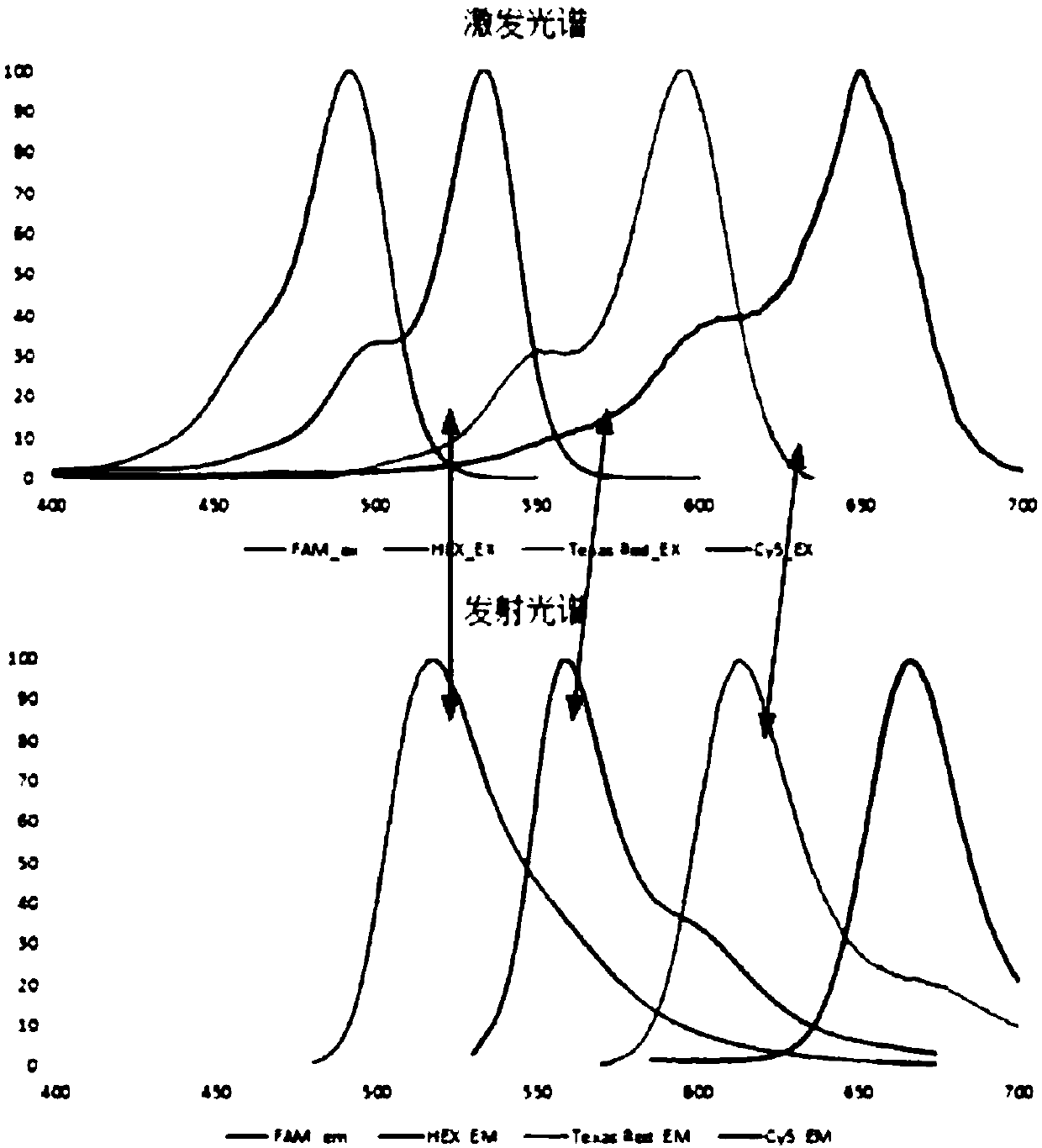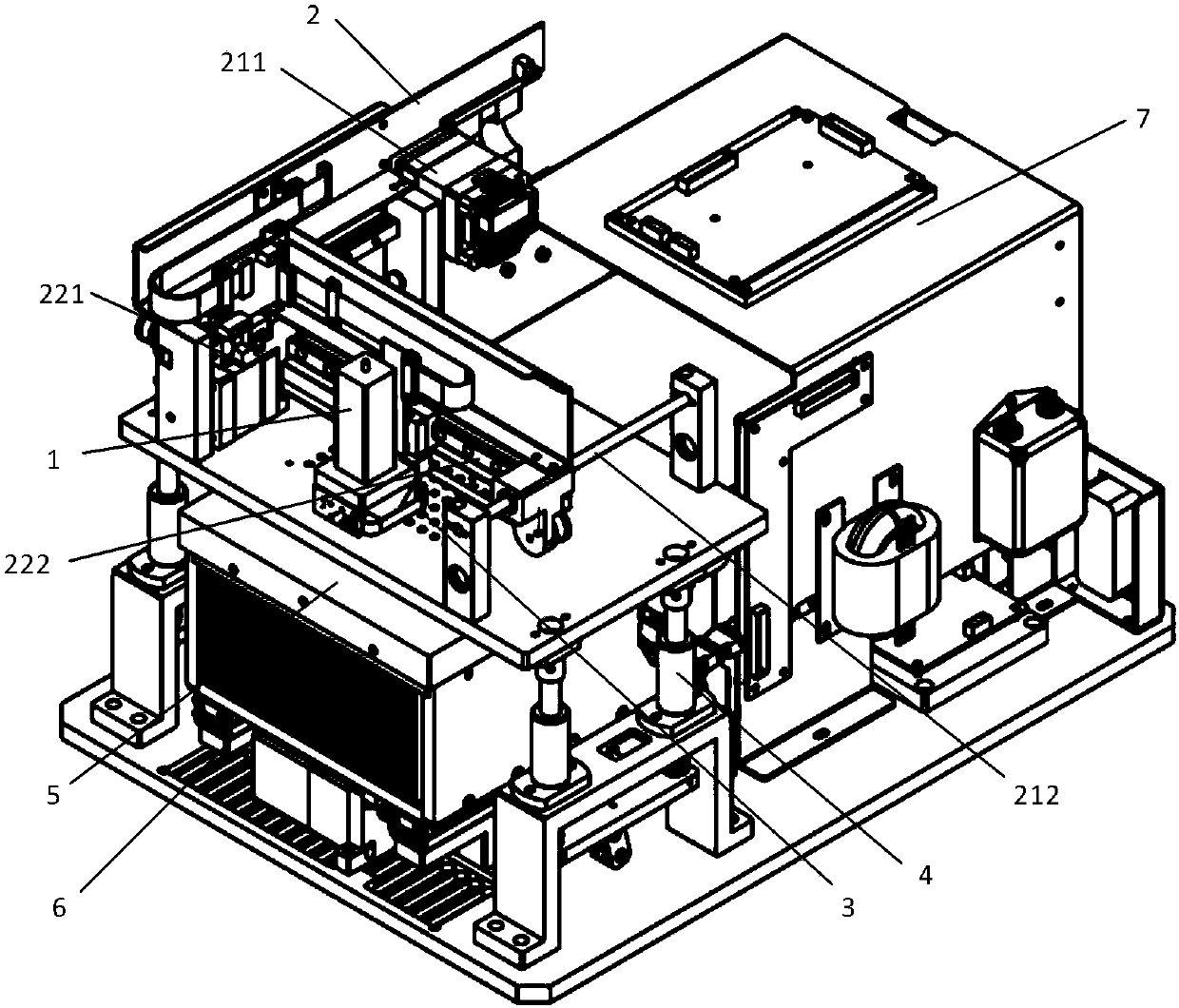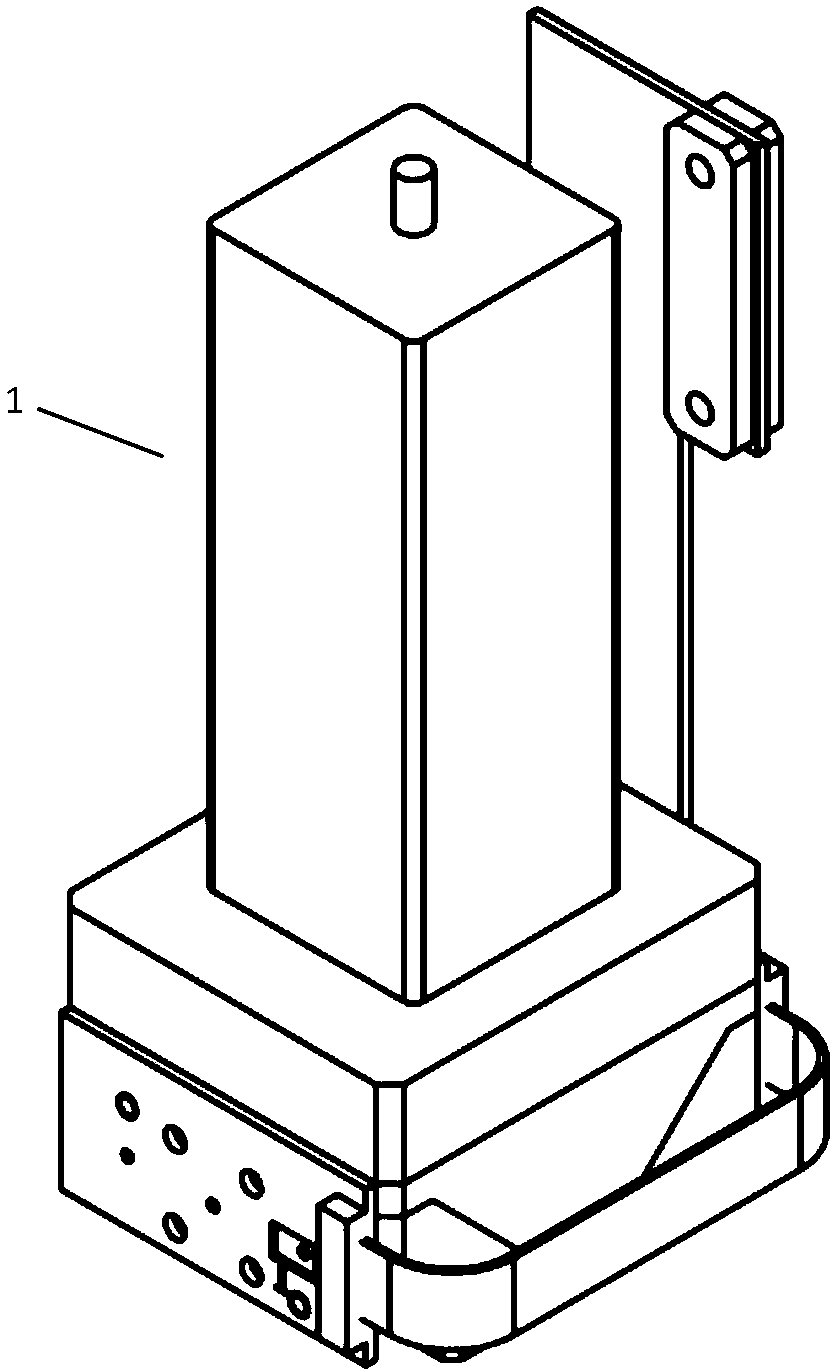Real-time fluorescent quantitation PCR (polymerase chain reaction) instrument
A technology of real-time fluorescence quantification and light emission, which is applied in the field of optical detection, can solve the problems of increasing material cost, optical path cross interference, and affecting detection results, etc., to achieve the effect of eliminating individual differences, solving spherical aberration, and avoiding cross interference
- Summary
- Abstract
- Description
- Claims
- Application Information
AI Technical Summary
Problems solved by technology
Method used
Image
Examples
Embodiment Construction
[0031] In order to make the purpose, technical solutions and advantages of the present invention clearer, the following technical solutions in the present invention are clearly and completely described. Obviously, the described embodiments are some embodiments of the present invention, rather than all embodiments. Based on the embodiments of the present invention, all other embodiments obtained by persons of ordinary skill in the art without creative efforts fall within the protection scope of the present invention.
[0032] see Figure 9 , the real-time fluorescent quantitative PCR instrument provided by the present invention is mainly divided into upper and lower parts, above which is a thermal cover and a scanning head, wherein the scanning head can be controlled by a motor to move along the X-axis and the Y-axis on a two-dimensional plane. The hot cover can provide a high temperature of about 100 degrees to prevent the PCR system in the EP tube from vaporizing and forming ...
PUM
 Login to View More
Login to View More Abstract
Description
Claims
Application Information
 Login to View More
Login to View More - R&D
- Intellectual Property
- Life Sciences
- Materials
- Tech Scout
- Unparalleled Data Quality
- Higher Quality Content
- 60% Fewer Hallucinations
Browse by: Latest US Patents, China's latest patents, Technical Efficacy Thesaurus, Application Domain, Technology Topic, Popular Technical Reports.
© 2025 PatSnap. All rights reserved.Legal|Privacy policy|Modern Slavery Act Transparency Statement|Sitemap|About US| Contact US: help@patsnap.com



